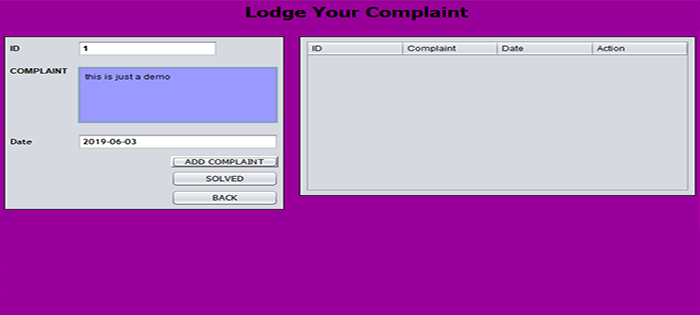Security Systems in cpp
Creating a security system in C++ involves developing software that helps monitor, control, and enhance security in various contexts. Security systems can range from simple applications for controlling access to complex surveillance systems. Below is a simplified example of how to create a basic security system using C++. Keep in mind that real-world security systems are significantly more complex and often require hardware integration and more advanced algorithms.
For this example, we'll create a simple access control system using a username and password.
Source code
#include <iostream>
#include <string>
#include <map>
// User database
std::map<std::string, std::string> userDatabase;
void addUser() {
std::string username, password;
std::cout << "Enter username: ";
std::cin >> username;
std::cout << "Enter password: ";
std::cin >> password;
userDatabase[username] = password;
std::cout << "User added to the system.\n";
}
bool authenticateUser(const std::string& username, const std::string& password) {
auto it = userDatabase.find(username);
if (it != userDatabase.end() && it->second == password) {
return true;
}
return false;
}
int main() {
while (true) {
std::cout << "Security System\n";
std::cout << "1. Add user\n";
std::cout << "2. Authenticate\n";
std::cout << "3. Exit\n";
std::cout << "Enter your choice: ";
int choice;
std::cin >> choice;
switch (choice) {
case 1:
addUser();
break;
case 2: {
std::string username, password;
std::cout << "Enter username: ";
std::cin >> username;
std::cout << "Enter password: ";
std::cin >> password;
if (authenticateUser(username, password)) {
std::cout << "Authentication successful.\n";
} else {
std::cout << "Authentication failed.\n";
}
break;
}
case 3:
std::cout << "Goodbye!\n";
return 0;
default:
std::cout << "Invalid choice. Please try again.\n";
}
}
return 0;
}
Output
In this basic example, we maintain a database of users and their passwords. Users can be added to the system and authenticated by providing their username and password. Depending on the security system's complexity, you may need to implement more advanced authentication methods, incorporate user roles and permissions, and handle various security events.
Real-world security systems often include features like video surveillance, alarm monitoring, user roles, access control, and integration with physical security hardware. They can also involve network and data security measures to protect against cyber threats. The complexity of the system depends on the specific security requirements and context in which it is deployed.
.png)



